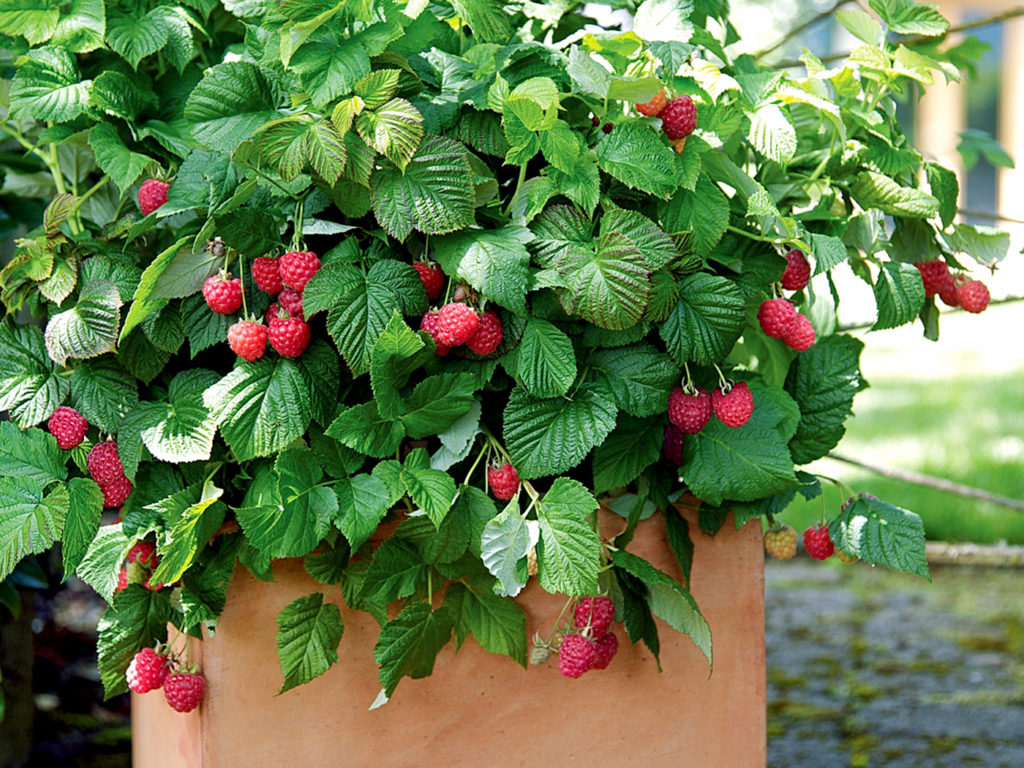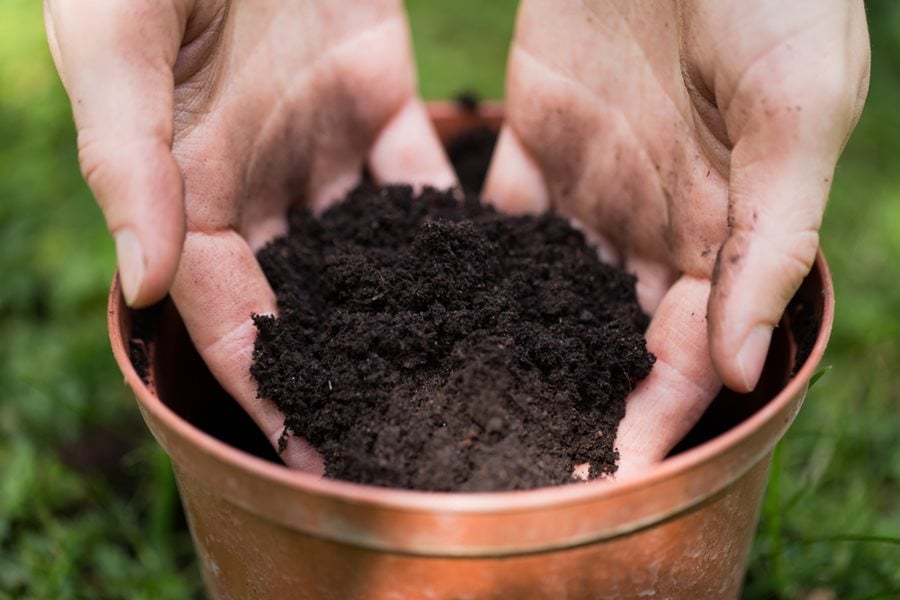Grow Raspberries in Pots: Step-by-Step Guide

Are you dreaming of fresh, juicy raspberries but lack the space for a sprawling garden? Welcome to the world of urban gardening, where container raspberries thrive! Imagine the delight of plucking ripe berries from your balcony or patio. Let's dive into a comprehensive guide on how to grow raspberries in pots, transforming your small space into a fruitful oasis.
Why Grow Raspberries in Pots?
Urban gardening has its perks, and growing raspberries in pots is no exception. Container raspberries offer flexibility, portability, and ease of care. Plus, you can control the soil quality and drainage, ensuring your plants get the best conditions for growth. So, why not turn your urban jungle into a berry paradise?
Choosing the Right Variety
Before diving into the nitty-gritty of raspberry care, it's crucial to select the right variety. Primocane raspberries, which produce fruit on first-year canes, are ideal for pots. Varieties like 'Autumn Bliss' and 'Caroline' are excellent choices for container gardening.
Selecting the Perfect Pot
The right pot can make or break your raspberry-growing adventure. Opt for a large container, at least 18 inches in diameter and depth, to accommodate the plant's root system. Terracotta, plastic, or wooden pots are all suitable, but ensure they have adequate drainage holes to prevent waterlogging.
Preparing the Potting Soil
Quality potting soil is the foundation of healthy raspberry plants. Choose a well-draining, nutrient-rich mix. You can even create your own by combining equal parts of peat moss, perlite, and compost. This blend ensures your raspberries have the perfect growing medium.
Planting Your Raspberries
Now comes the exciting part—planting your raspberries! Fill your pot about two-thirds full with potting soil. Gently remove the raspberry plant from its nursery pot and place it in the center of your container. Fill in around the plant with more soil, ensuring the root ball is covered and the plant is secure. Water thoroughly to settle the soil.
Caring for Your Raspberries
Watering
Raspberries need consistent moisture, but be careful not to overwater. Aim for about 1 inch of water per week, adjusting based on weather conditions. Stick your finger into the soil; if it feels dry about 2 inches down, it's time to water.
Fertilizing
Regular fertilization is key to healthy raspberry plants. Use a balanced, slow-release fertilizer every 4-6 weeks during the growing season. This ensures your plants have the nutrients they need to produce abundant fruit.
Pruning
Pruning is essential for maintaining plant health and encouraging fruit production. For primocane varieties, cut back the canes to the ground after they have fruited. This promotes new growth and ensures a bountiful harvest the following year.
Pest and Disease Control
Keep an eye out for common pests like aphids and spider mites. Regularly inspect your plants and treat any issues promptly with organic or chemical pesticides. Proper spacing and air circulation can also help prevent diseases like powdery mildew.
Harvesting Your Raspberries
The moment you've been waiting for—harvest time! Raspberries are ready to pick when they easily detach from the plant. Gently pull the berries off, being careful not to damage the plant. Enjoy your fresh, homegrown raspberries in salads, desserts, or straight from the pot!
Troubleshooting Common Issues
Even with the best care, issues can arise. Here are some common problems and solutions:
- Yellowing Leaves: This could be a sign of overwatering or nutrient deficiency. Check your watering schedule and consider adding a balanced fertilizer.
- Wilting Plants: If your plants are wilting, they may be underwatered or experiencing heat stress. Ensure they have enough water and provide some shade during hot periods.
- Poor Fruit Production: Lack of sunlight, improper pruning, or insufficient nutrients can lead to poor fruit production. Make sure your plants get at least 6 hours of sunlight daily and follow proper pruning and fertilization practices.
Conclusion
Growing raspberries in pots is a rewarding journey that turns your urban space into a fruitful haven. With the right variety, pot, soil, and care, you can enjoy fresh, homegrown raspberries right from your balcony or patio. So, why wait? Start your raspberry-growing adventure today and reap the sweet rewards!
FAQs
What is the best time to plant raspberries in pots? The best time to plant raspberries in pots is in early spring or fall, when the weather is cooler and the plants can establish themselves before the heat of summer or the cold of winter.
Can I grow raspberries in pots indoors? While it's possible to grow raspberries indoors, they require a lot of sunlight—at least 6 hours a day. A sunny window or grow lights can help, but outdoor conditions are generally more suitable.
How often should I repot my raspberries? Raspberries can be repotted every 2-3 years to refresh the soil and ensure the plant has enough space. Choose a slightly larger pot each time to accommodate growth.
What are some companion plants for raspberries in pots? Companion plants like strawberries, marigolds, and chives can benefit raspberries by deterring pests and improving soil health. Just ensure they don't compete for space or nutrients.
Can I grow raspberries from seeds? While it's possible to grow raspberries from seeds, it's much easier and faster to start with young plants or cuttings. Seed-grown raspberries can take several years to produce fruit.


0 Response to "Grow Raspberries in Pots: Step-by-Step Guide"
Post a Comment